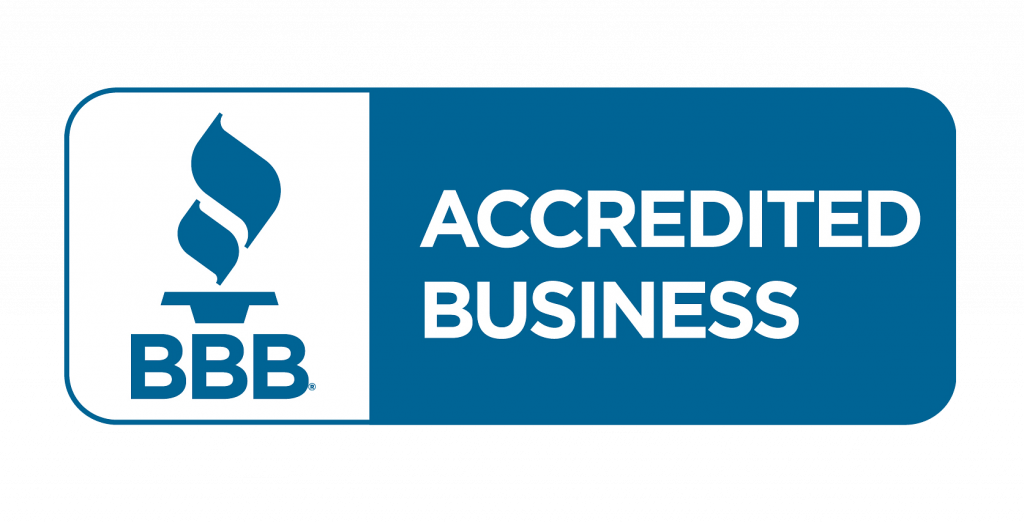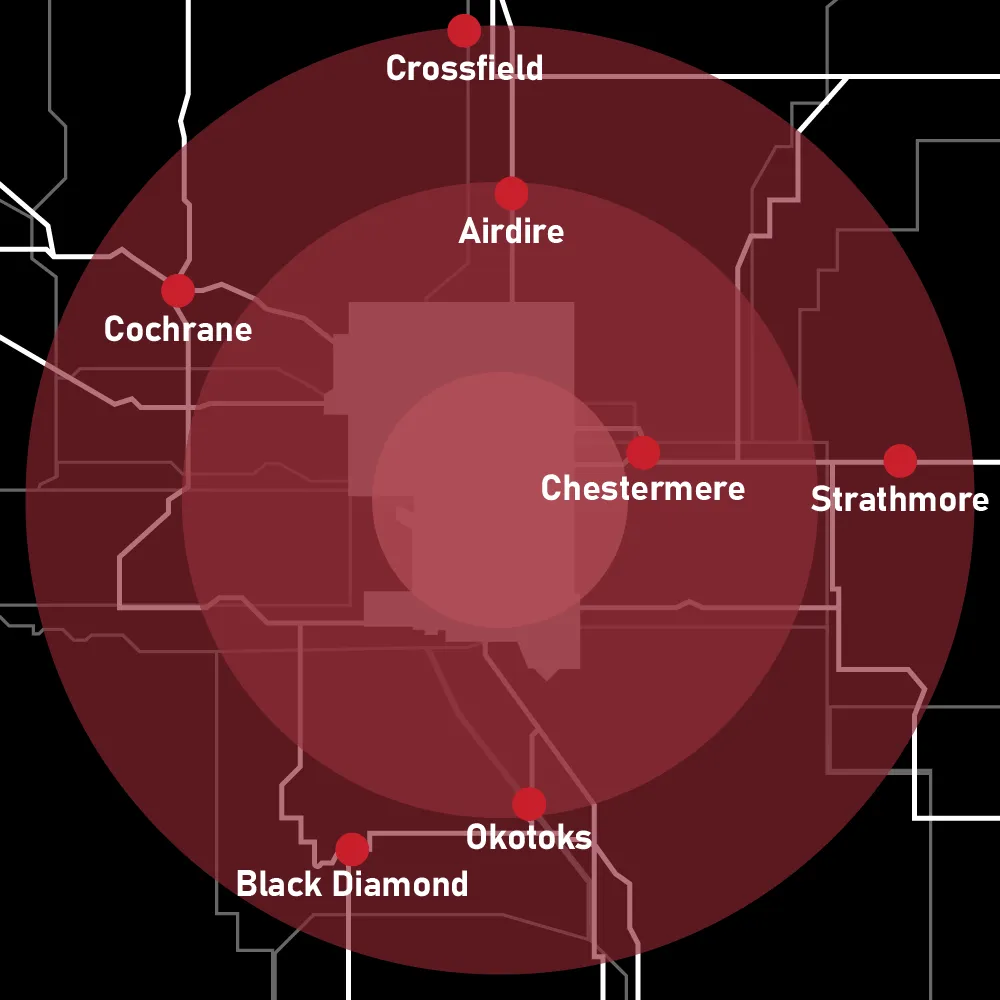Introduction
Ensuring vehicle safety and reliability is essential for business owners who manage fleets or operate commercial vehicles. Commercial vehicles face extensive wear and tear due to their frequent and demanding usage, making regular inspections crucial for preventing costly breakdowns, ensuring driver safety, and maintaining a professional reputation. In Alberta, the Commercial Vehicle Inspection Program (CVIP) is a mandatory program designed to keep commercial vehicles roadworthy by enforcing high safety and operational standards.
This post will explore what a CVIP inspection is, the types of vehicles that require it, how to ace your CVIP Inspection, and why it’s necessary for businesses that rely on commercial vehicles. Understanding the importance of these inspections and what they cover can help business owners and fleet managers stay compliant, keep their vehicles in top condition, and minimize unexpected downtime.
What Is a CVIP Inspection?
Definition of CVIP
The Commercial Vehicle Inspection Program (CVIP) is a mandatory inspection required by the Alberta government for commercial vehicles. Its purpose is to ensure these vehicles are safe, reliable, and compliant with provincial standards. For fleet operators and business owners, CVIP inspections help prevent costly repairs, reduce downtime, and improve overall road safety by catching potential issues early.
Vehicles That Require CVIP
Certain types of commercial vehicles must undergo CVIP inspections regularly. These include:
- Heavy Trucks and Trailers: Trucks and trailers with a combined gross vehicle weight over 4,500 kg.
- Buses: Passenger vehicles with seating for 11 or more, including school buses and other commercial buses.
- Fleet Vehicles: Any other commercial vehicles used in business operations that fall within Alberta’s requirements for inspection.
If you operate any of these vehicles in Alberta, regular CVIP inspections are required to stay compliant with provincial regulations.
What Does a CVIP Inspection Include?
A CVIP inspection covers several critical components of a vehicle to ensure it’s safe and roadworthy. Key areas inspected include:
- Brakes: Brake systems are thoroughly checked for proper function, including brake pads, discs, and fluid levels.
- Suspension and Steering: Inspectors evaluate suspension and steering to ensure vehicle stability and smooth operation.
- Lighting and Electrical: All lights, indicators, and electrical systems are inspected to confirm they work correctly for visibility and signaling.
- Tires and Wheels: Tire condition, inflation, tread depth, and wheel alignment are reviewed to ensure stability and traction.
- Frame and Body: The frame and body are examined for structural integrity, checking for rust, cracks, and other damage.
These inspections are comprehensive to maintain the highest safety and performance standards for Alberta’s commercial vehicles.
Why Are CVIP Inspections Required?
Legal Compliance
In Alberta, CVIP inspections are required by law for specific commercial vehicles, including heavy trucks, trailers, and buses. These regulations are in place to ensure that all commercial vehicles meet provincial safety standards. Failing to comply with CVIP inspection requirements can lead to serious penalties, including fines, temporary suspension of the vehicle, or even restrictions on business operations. For fleet operators and business owners, maintaining compliance through regular inspections is essential for avoiding these costly and disruptive consequences.
Safety Reasons
Safety is a primary reason for mandatory CVIP inspections. Commercial vehicles, especially those used in fleets, spend a significant amount of time on the road and are subject to intense wear and tear. CVIP inspections assess all critical components—such as brakes, suspension, and tires—to ensure the vehicle operates safely. Regular inspections help prevent accidents by identifying mechanical issues before they lead to failure on the road. For businesses, this means safer drivers, better-protected cargo, and peace of mind knowing that each vehicle meets high safety standards.
Environmental Responsibility
CVIP inspections also play a role in reducing the environmental impact of commercial vehicles. By ensuring that engines and exhaust systems are running efficiently, inspections help lower harmful emissions. Vehicles that operate at peak efficiency consume less fuel, which directly contributes to a reduction in their carbon footprint. For fleet managers, this aspect of the inspection aligns with sustainability goals, as well as compliance with increasingly strict environmental regulations.
Fleet Reliability and Maintenance
For businesses that rely on multiple vehicles, fleet reliability is crucial. Regular CVIP inspections help prevent unexpected breakdowns by identifying wear and tear before it leads to more extensive damage. When issues are caught early, businesses can plan for repairs or replacements in advance, avoiding costly emergency fixes and minimizing downtime. For fleet managers, CVIP inspections contribute to smoother operations, reduced repair expenses, and increased vehicle lifespan, all of which positively impact the bottom line. Regular inspections help keep fleets in top condition, reducing the risk of unscheduled repairs and ensuring that each vehicle remains roadworthy and reliable.
How Often Are CVIP Inspections Needed?
Frequency Requirements
In Alberta, most commercial vehicles are required to undergo a CVIP inspection annually to ensure ongoing compliance with safety and operational standards. This yearly inspection applies to the majority of commercial vehicles, including trucks, trailers, and buses. However, some vehicles may need more frequent inspections based on specific use cases or if they are exposed to particularly demanding conditions, such as rough terrain or heavy loads. For vehicles in constant use or under extreme conditions, businesses might consider scheduling additional checkups throughout the year to proactively address potential issues and avoid disruptions.
Best Practices for Staying Compliant
Staying compliant with CVIP inspection requirements is essential, and adopting a proactive approach can make this process easier. Here are a few best practices:
- Schedule Inspections During Slower Periods: To minimize disruption, many fleet operators plan CVIP inspections during off-peak times or slower business periods. This way, vehicles are available when demand is higher, and inspection downtime has a minimal impact on operations.
- Keep an Organized Maintenance Calendar: Setting up a calendar or reminder system can help you stay on top of inspection dates, ensuring no vehicle misses its inspection window. Digital tracking tools or fleet management software can streamline this process, especially for businesses with large fleets.
- Monitor Vehicle Condition Between Inspections: In addition to the annual CVIP inspection, regularly monitor key vehicle components for signs of wear or potential issues. By catching issues early, you can schedule maintenance or repairs in advance and keep your fleet in optimal condition between formal inspections.
By adhering to a regular inspection schedule and planning proactively, fleet managers can ensure that vehicles remain compliant, safe, and ready to operate efficiently year-round.
What Happens if a Vehicle Fails a CVIP Inspection?
Consequences of Failure
If a vehicle doesn’t pass its CVIP inspection, it cannot legally operate on the road until it meets all required standards. Failing an inspection means that one or more components—whether brakes, lights, tires, or another critical part—do not meet the necessary safety or operational standards. In this case, the owner or fleet manager must arrange for repairs to address the identified issues. Operating a vehicle that has failed its CVIP inspection can lead to significant fines, legal consequences, and even suspension of business operations, so it’s essential to address these issues promptly.
Required Repairs
After a vehicle fails an inspection, it must be repaired to meet Alberta’s commercial vehicle safety standards. Repairs must address all deficiencies noted in the inspection report. For fleet managers, this might mean scheduling immediate maintenance to avoid delays in operations. Once repairs are complete, the vehicle will need to undergo another inspection to verify that all issues have been properly addressed.
Re-inspection Process and Costs
The re-inspection process involves a follow-up inspection to confirm that the previously noted issues have been corrected. Depending on the repair and inspection facility’s policy, there may be additional costs associated with re-inspection, so it’s wise to confirm these details in advance. Some repair shops, including those with integrated inspection services, may offer discounted or streamlined re-inspections for returning vehicles. Either way, it’s crucial to complete this step to ensure full compliance with CVIP standards.
Conclusion
CVIP inspections are an essential part of operating commercial vehicles in Alberta. These inspections cover critical safety elements like brakes, suspension, and lighting systems, ensuring that vehicles are roadworthy and meet regulatory standards. Regular CVIP inspections not only help businesses avoid legal issues and fines but also support vehicle reliability, reduce unexpected repair costs, and contribute to a safer road environment.
For business owners and fleet managers, scheduling a CVIP inspection with Rusted Nuts Mechanical can simplify the process. With experienced technicians and a commitment to safety and compliance, Rusted Nuts Mechanical ensures that each vehicle is thoroughly inspected and ready for the road. Schedule your CVIP inspection today to keep your vehicles safe, compliant, and operational.
When it comes to keeping your fleet safe, efficient, and legally compliant, you can trust Rusted Nuts Mechanical as your partner in vehicle maintenance and inspections. With our support, your commercial vehicles stay reliable, helping your business operate smoothly and meet Alberta’s strict safety standards year-round.







